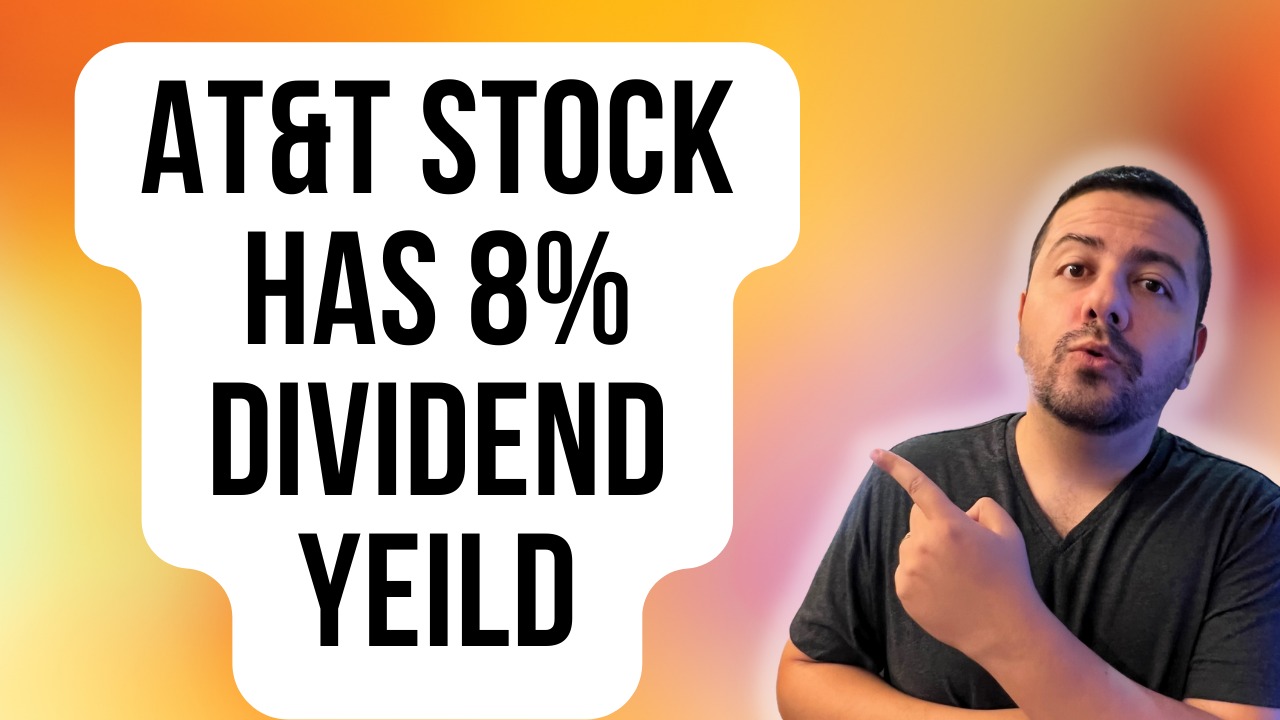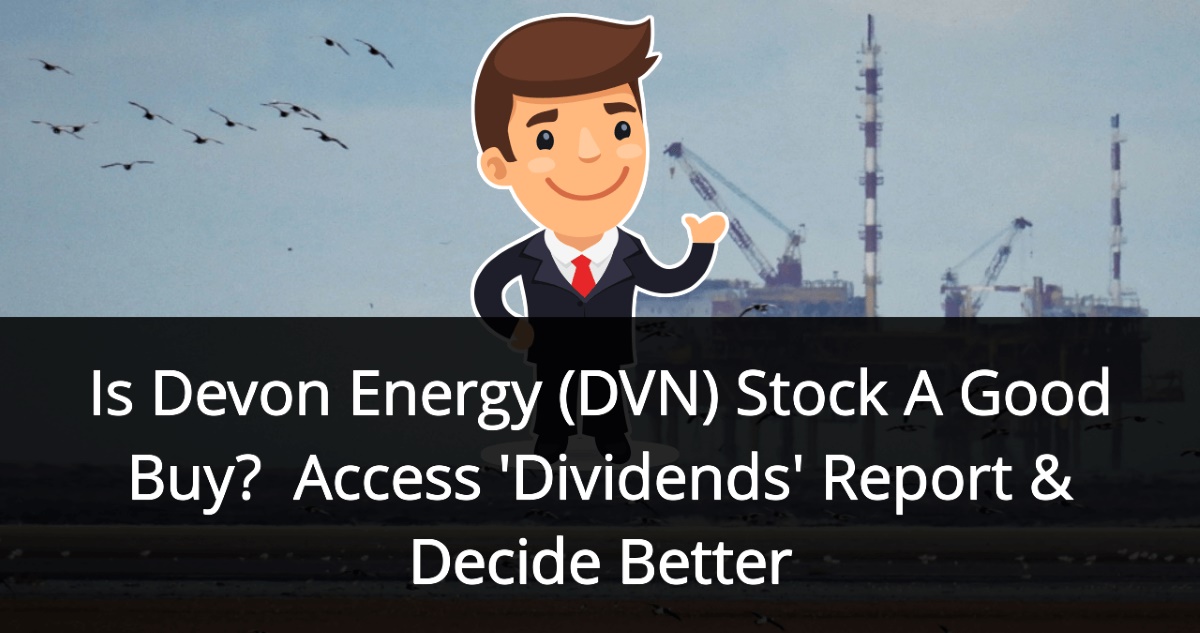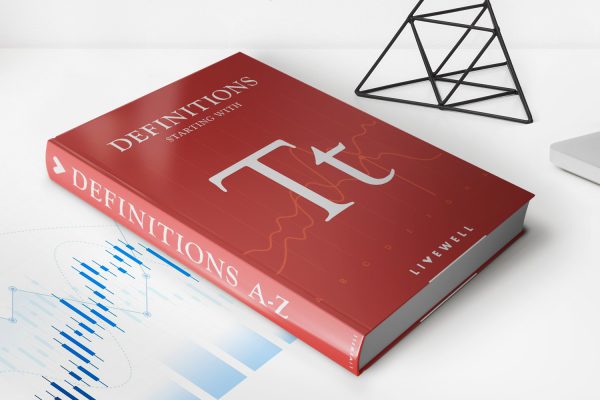

Finance
When Does VTSAx Pay Dividends?
Published: January 3, 2024
Learn about dividends for VTSAx, a popular finance option. Discover when VTSAx pays dividends and how it can benefit your financial goals.
(Many of the links in this article redirect to a specific reviewed product. Your purchase of these products through affiliate links helps to generate commission for LiveWell, at no extra cost. Learn more)
Table of Contents
Introduction
Welcome to our comprehensive guide on VTSAx, where we will explore the topic of dividend payments. VTSAx, also known as Vanguard Total Stock Market Index Fund Admiral Shares, is a popular investment option for those looking to gain exposure to the entire U.S. equity market. As an investor, it is important to understand the dividend payment schedule of VTSAx, as this can impact your investment strategy and overall returns.
Dividends are a portion of a company’s profits that are distributed to its shareholders. They represent a way for investors to earn a return on their investment in addition to any potential capital gains. VTSAx, being an index fund, consists of a diversified portfolio of stocks, and consequently, its dividend payments are derived from the dividends paid by the underlying companies in its portfolio.
In this article, we will delve into the specifics of when and how VTSAx pays its dividends. We will explore the important dates related to dividend payments, such as the dividend declaration and ex-dividend date, the dividend record date, and the dividend payment date. Understanding these dates will help you plan your investment strategies accordingly.
Understanding VTSAx
Before we dive into the details of dividend payments, let’s first gain a clear understanding of VTSAx. VTSAx is an index fund offered by Vanguard that aims to track the performance of the CRSP US Total Market Index. This index represents the comprehensive U.S. stock market and includes large, mid, small, and micro-cap stocks across various sectors. As an investor, owning shares of VTSAx allows you to have exposure to a diverse range of companies in the U.S. equity market.
The primary objective of VTSAx is to provide investors with long-term capital growth by closely matching the performance of the underlying index. It does this by investing in a broad portfolio of stocks that reflect the composition of the CRSP US Total Market Index. By holding VTSAx shares, investors can have a convenient and cost-effective way to diversify their investments and participate in the overall growth of the U.S. stock market.
As an index fund, VTSAx is passively managed, meaning that it seeks to replicate the performance of its underlying index rather than actively selecting individual stocks in an attempt to outperform the market. This passive management approach generally results in lower fees compared to actively managed funds, making VTSAx an attractive option for cost-conscious investors.
It’s important to note that VTSAx is an Admiral share class fund, which typically require a minimum investment amount. As of the time of writing, the minimum initial investment for VTSAx is $3,000. However, once you have met the initial investment requirement, you have the flexibility to invest any additional amount in the fund.
Now that we have a good understanding of VTSAx, let’s explore its dividend payment frequency and the key dates associated with dividend payments.
Dividend Payment Frequency
VTSAx follows a quarterly dividend payment schedule, meaning that it pays dividends to its shareholders every quarter. This regular payment frequency provides investors with a consistent stream of income from their investment in VTSAx.
The quarterly dividend payment schedule of VTSAx aligns with the typical dividend payment practices of many companies in the U.S. stock market. Most publicly traded companies also pay dividends on a quarterly basis, although there are exceptions where companies may choose to pay dividends semi-annually or annually.
By receiving dividends every quarter, investors in VTSAx have the opportunity to reinvest the income back into the fund or use it for other financial needs. This regular cash flow can be particularly beneficial for those who rely on dividend income for their living expenses or those who want to compound their returns by reinvesting the dividends.
It’s important to note that the amount of dividends paid by VTSAx can vary each quarter, depending on the dividend income received from the underlying companies in its portfolio. The dividend amount is typically based on the total dividends received by VTSAx divided by the number of shares held by investors.
As an index fund, VTSAx aims to pass on the dividends it receives from the underlying companies to its shareholders, thereby providing investors with a direct benefit from the dividend payments of the companies in its portfolio.
Now that we understand the dividend payment frequency of VTSAx, let’s explore the key dates involved in the dividend payment process.
Dividend Declaration and Ex-Dividend Date
The dividend declaration and ex-dividend date are important dates in the dividend payment process of VTSAx. Let’s take a closer look at what these dates represent and how they impact investors.
The dividend declaration date is the date on which the fund’s board of directors announces the amount of the upcoming dividend payment. This announcement typically occurs a few weeks before the ex-dividend date. The declaration date is important as it provides investors with transparency on the dividend payout and allows them to plan their investments accordingly.
The ex-dividend date is the date on which an investor must be a shareholder of record to receive the dividend payment. It is typically set two business days before the dividend record date. Investors who purchase VTSAx shares on or before the ex-dividend date will be eligible to receive the upcoming dividend payment. However, investors who purchase shares after the ex-dividend date will not be entitled to the current dividend payment but may be eligible for future dividend payments.
It is crucial to understand that the ex-dividend date is determined by the rules established by the stock exchange or market where VTSAx is traded. These rules ensure that the dividend payment is accurately distributed to shareholders based on their ownership of the shares.
For example, if the ex-dividend date for VTSAx is set for May 1st, and an investor buys shares on or before May 1st, they will be entitled to receive the upcoming dividend payment. However, if the investor purchases shares on May 2nd or any day after the ex-dividend date, they will not receive the current dividend payment.
It’s important for investors to be aware of the ex-dividend date and plan their investments accordingly if they wish to receive the dividend payment. To ensure eligibility for the upcoming dividend, investors should consider buying VTSAx shares well before the ex-dividend date.
Now that we understand the dividend declaration and ex-dividend date, let’s explore the dividend record date.
Dividend Record Date
The dividend record date is an essential date in the dividend payment process of VTSAx. Let’s delve into what the record date represents and how it impacts investors.
The dividend record date, also known as the ownership date or simply the record date, is the date on which a shareholder must be on the company’s records as a registered owner to be eligible to receive the dividend payment. In the case of VTSAx, the record date is typically set a few days after the ex-dividend date.
It’s important to note that the dividend record date is not the date on which the dividend is actually paid. Instead, it is the date on which the fund determines who the shareholders are and who will receive the dividend payment based on their ownership of VTSAx shares.
For example, suppose the dividend record date for VTSAx is set for May 5th. To be eligible to receive the dividend payment, an investor must be listed as a shareholder of VTSAx on or before that date. This means that if an investor buys shares of VTSAx on May 6th or any day after the record date, they will not receive the current dividend payment but may be eligible for future dividend payments.
The dividend record date is crucial because it determines the shareholders who are entitled to receive the dividend payment. The fund’s registrar or transfer agent maintains the records of shareholders and uses the record date as a cutoff to determine who will receive the dividend.
However, it’s important to note that ownership of VTSAx shares on the record date does not guarantee the receipt of the dividend payment. The dividend payment is based on the number of shares held on the record date and the dividend amount declared by the fund’s board of directors.
Now that we understand the dividend record date, let’s move on to the final date in the dividend payment process: the dividend payment date.
Dividend Payment Date
The dividend payment date is the date on which VTSAx distributes the dividend payments to its eligible shareholders. This is the final step in the dividend payment process, and it represents the actual date when investors receive their dividend income.
The dividend payment date for VTSAx is typically set a few weeks after the record date. It is the culmination of the process that starts with the declaration of the dividend amount, followed by the determination of the ex-dividend date and the record date.
On the dividend payment date, VTSAx will distribute the dividends to the eligible shareholders. The payment is usually made in the form of cash, which is directly deposited into the shareholders’ brokerage or investment accounts. The dividend amount is based on the total dividends received by VTSAx from the underlying companies in its portfolio, divided by the number of shares held by investors.
It’s important to note that the dividend payment date may vary slightly from quarter to quarter. The fund’s prospectus or its official website will provide the specific dividend payment dates for each dividend period. As an investor, it’s essential to keep track of these dates to understand when you can expect to receive the dividend income.
Once you receive the dividend payment, you have the flexibility to use the funds as you see fit. You may choose to reinvest the dividends back into VTSAx to take advantage of compounding growth or utilize the cash for other financial needs or investment opportunities.
Investors should also be aware of any tax implications associated with dividend payments. Depending on your tax jurisdiction and personal circumstances, dividend income may be subject to taxation. It’s advisable to consult with a tax professional to ensure compliance with tax regulations and to make informed decisions regarding your dividend income.
Now that we understand the dividend payment date, let’s conclude our discussion on VTSAx dividend payments.
Conclusion
Understanding the dividend payment schedule of VTSAx is crucial for investors looking to optimize their investment strategy. VTSAx, being an index fund that aims to track the performance of the CRSP US Total Market Index, pays dividends on a quarterly basis, providing investors with a regular stream of income.
We explored the key dates involved in the dividend payment process of VTSAx. The dividend declaration date is when the fund’s board of directors announces the dividend amount. The ex-dividend date is the cutoff date for determining eligibility to receive the dividend. The dividend record date is the date on which an investor must be listed as a shareholder to receive the dividend. Finally, the dividend payment date is when the actual dividend payment is made.
By understanding these dates, investors can plan their investments accordingly. It’s important to note that the dividend payment amount can vary each quarter based on the performance of the underlying companies in VTSAx’s portfolio.
Dividends can play a significant role in an investor’s overall returns, providing a regular income stream and potentially helping to grow the value of their investment over time. Reinvesting dividends can result in the compounding effect, allowing investors to benefit from both capital appreciation and reinvested income.
As with any investment, it is important to conduct thorough research and consider your investment goals, risk tolerance, and investment time horizon before investing in VTSAx or any other investment product. It is also recommended to consult with a financial advisor who can provide personalized guidance based on your individual circumstances.
Overall, VTSAx offers investors an opportunity to gain exposure to the broader U.S. equity market and benefit from dividend income. Understanding the dividend payment schedule and key dates associated with VTSAx can help investors make informed decisions and maximize the benefits of their investment in this index fund.














